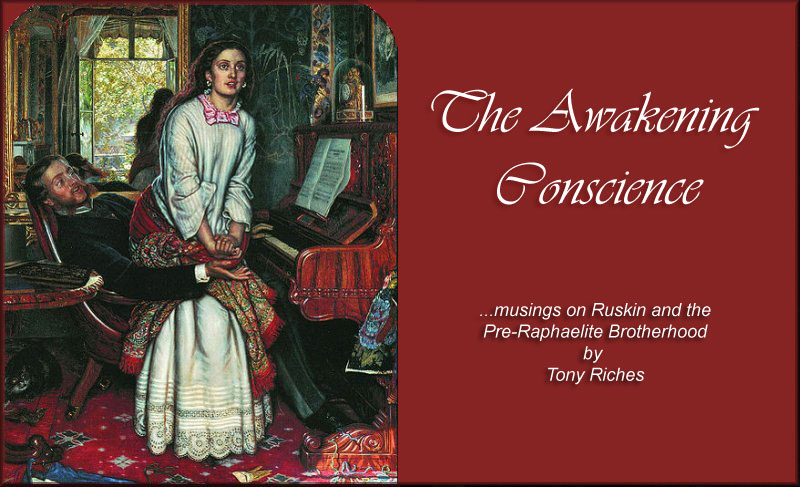 |
| John William Waterhouse |
Alfred Tennyson was only 23 when he first published The lady of Shalott and said he got the idea from a 14th century Italian novella, Donna di Scalotta. Hunt and Rossetti were both inspired to illustrate the haunting poem, which tells how the tragic Lady of Shalott must remain in a tower, separated from the outside world and under a spell that means she dies when she escapes.
Abandoning Shalott, her mythical island, the Lady steals a boat and finds time to write her name on the bows before drifting down the river to Camelot to find love. Sadly the curse means she dies before she arrives and is found (too late) by the gallant knight Sir Lancelot. It is this scene which Dante Gabriel Rossetti chose to illustrate, where all Lancelot's has to say on finding the body is "She has a lovely face". Rossetti wrote in a letter to Hunt that "illustrated editions of poets, however good are quite hateful things" but this didn't seem to stop him as he made numerous preparatory sketches before he was happy with his woodcut.
 |
| Rossetti: The lady of Shalott (Woodcut) Credit The Rossetti Archive |
Hunt’s painting of The Lady of Shalott was his last work, completed at the age of 87 and captures a very different moment – when the mirror cracks and the spell is broken.
 |
| Hunt: The Lady of Shalott |
Postscript: Support Stephanie Pina
The husband of Stephanie Pina, creator of LizzieSiddal.com was recently injured in a motorcycle accident and the family face significant medical expenses. (see Stephanie's Blog) You can help by buying The Lady of Shalott DVD
